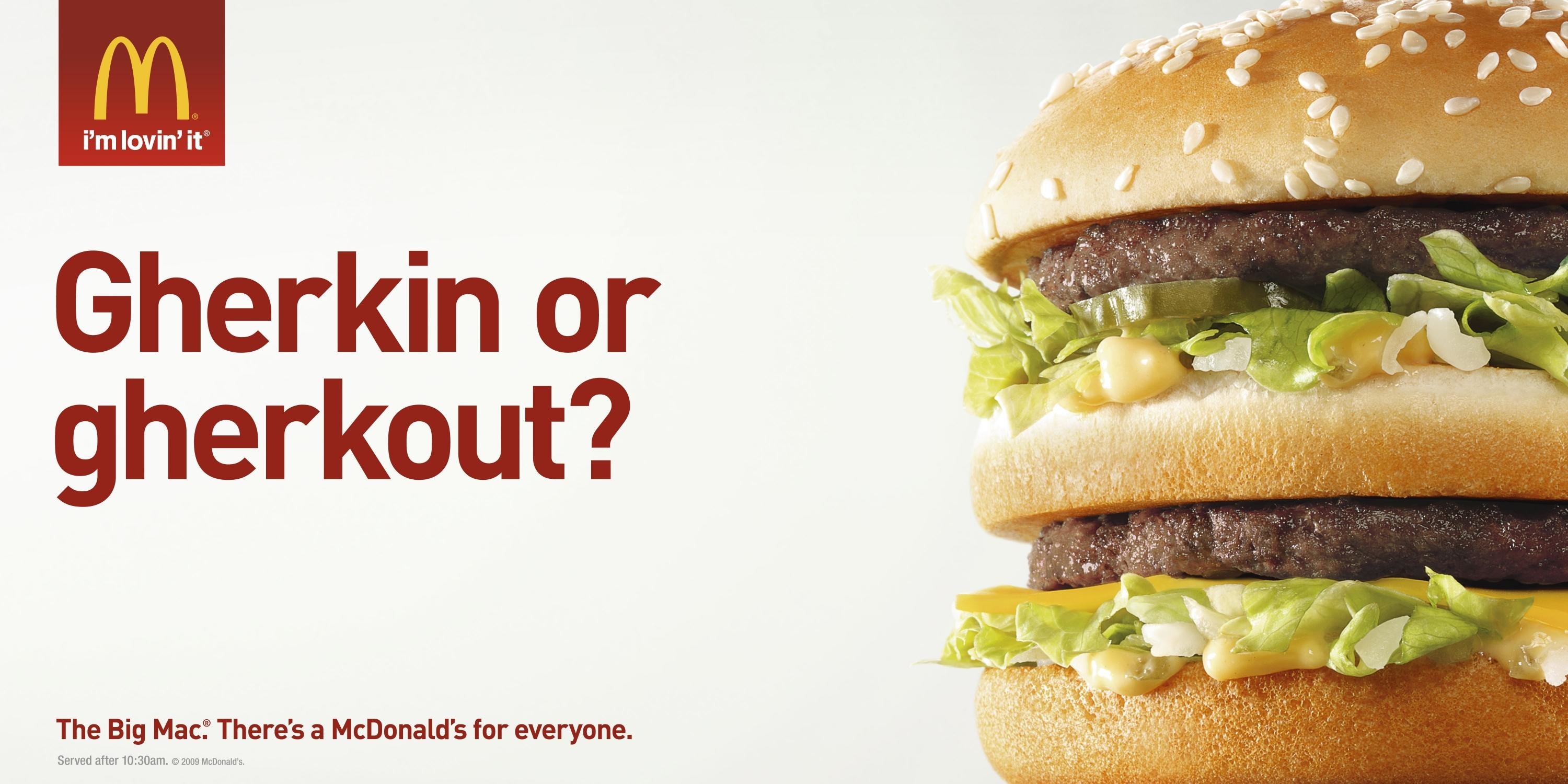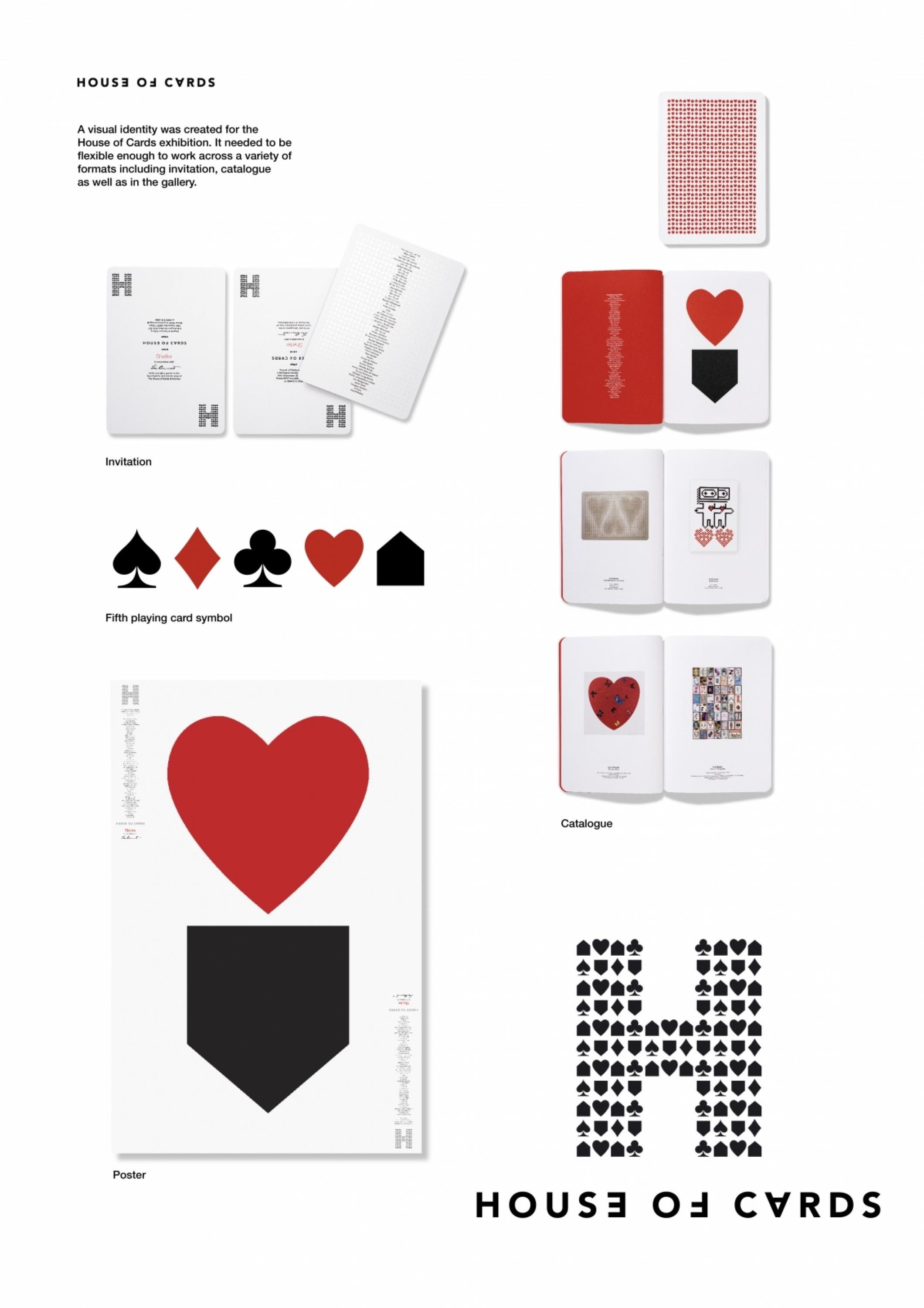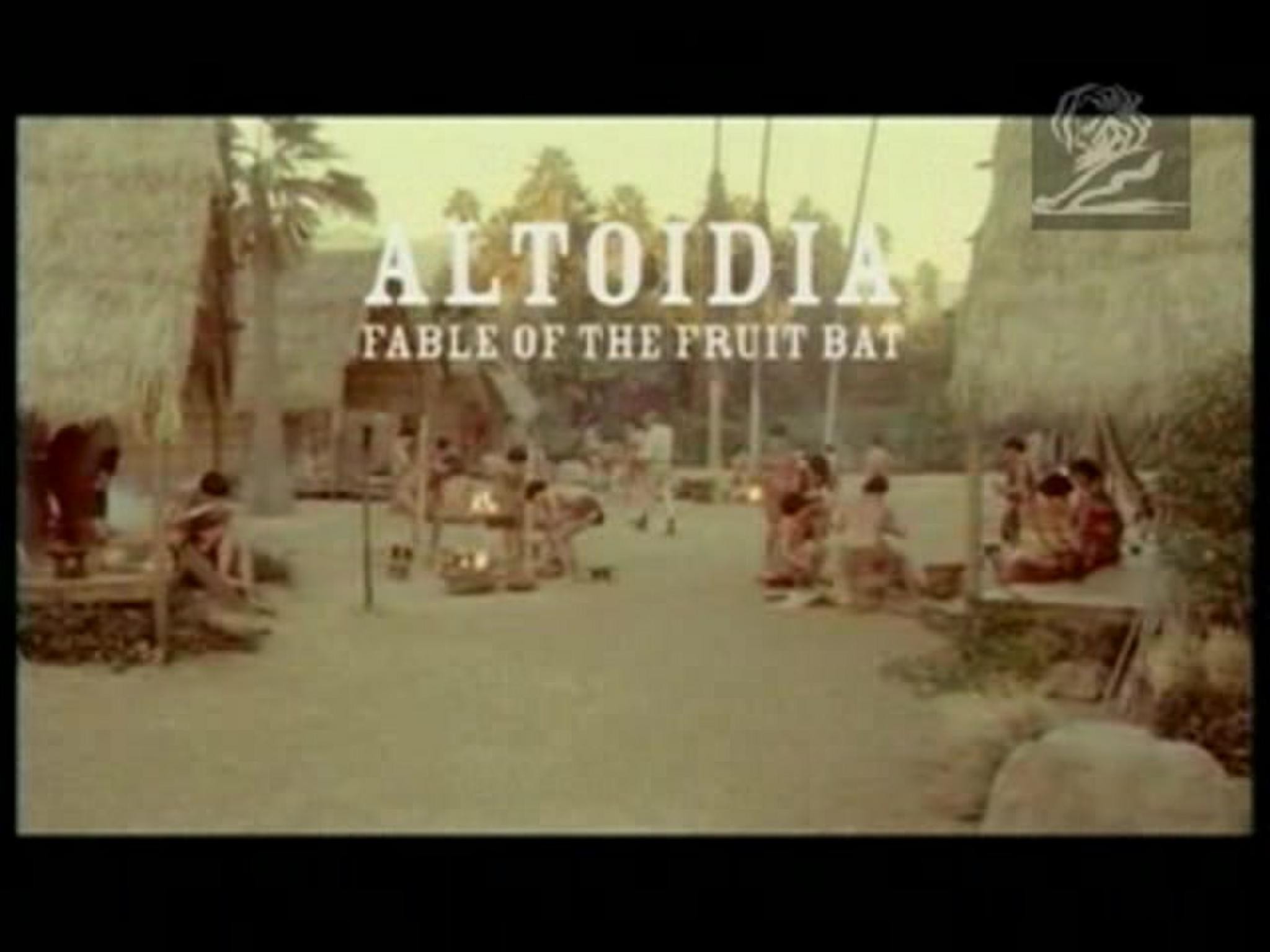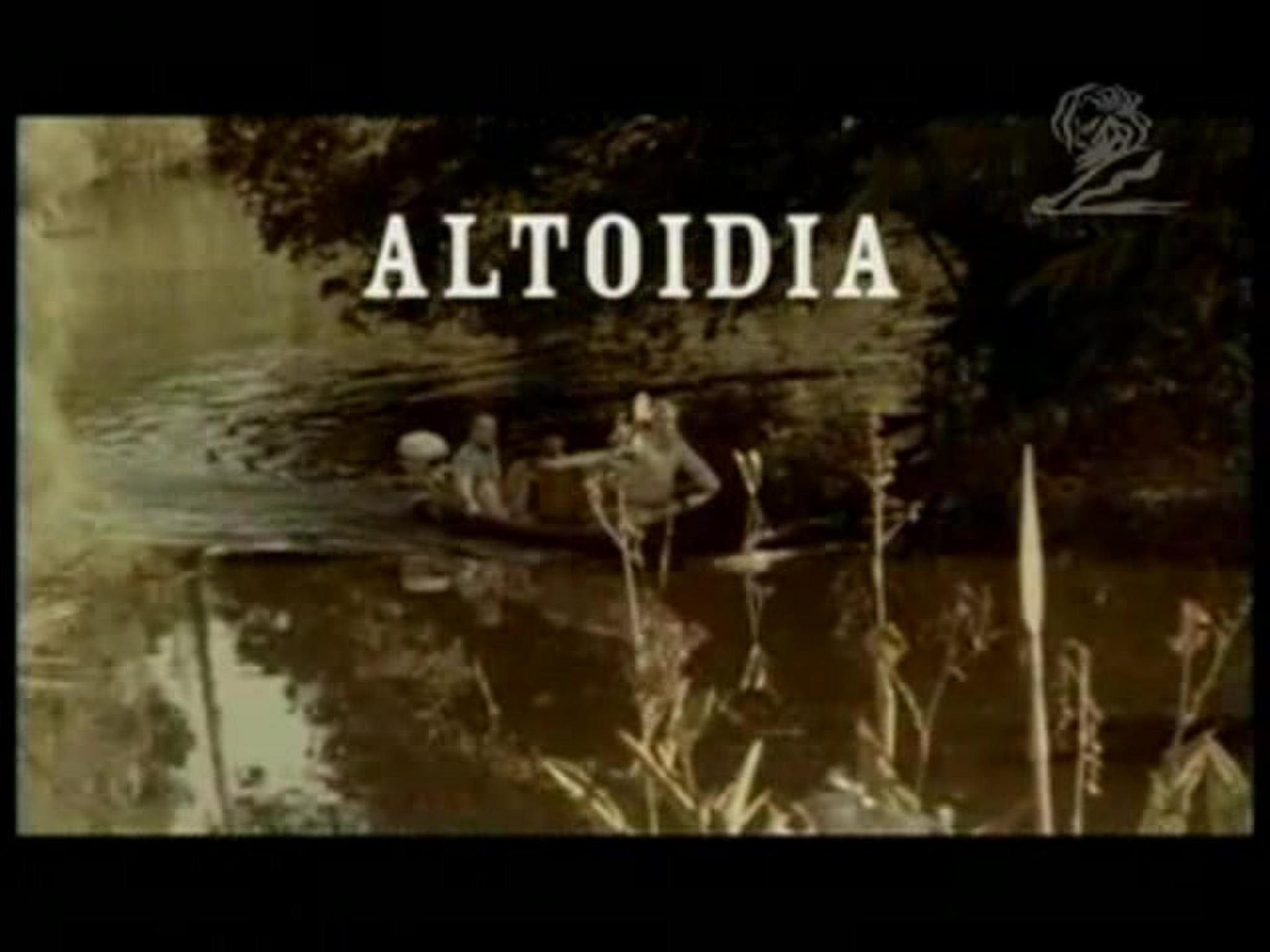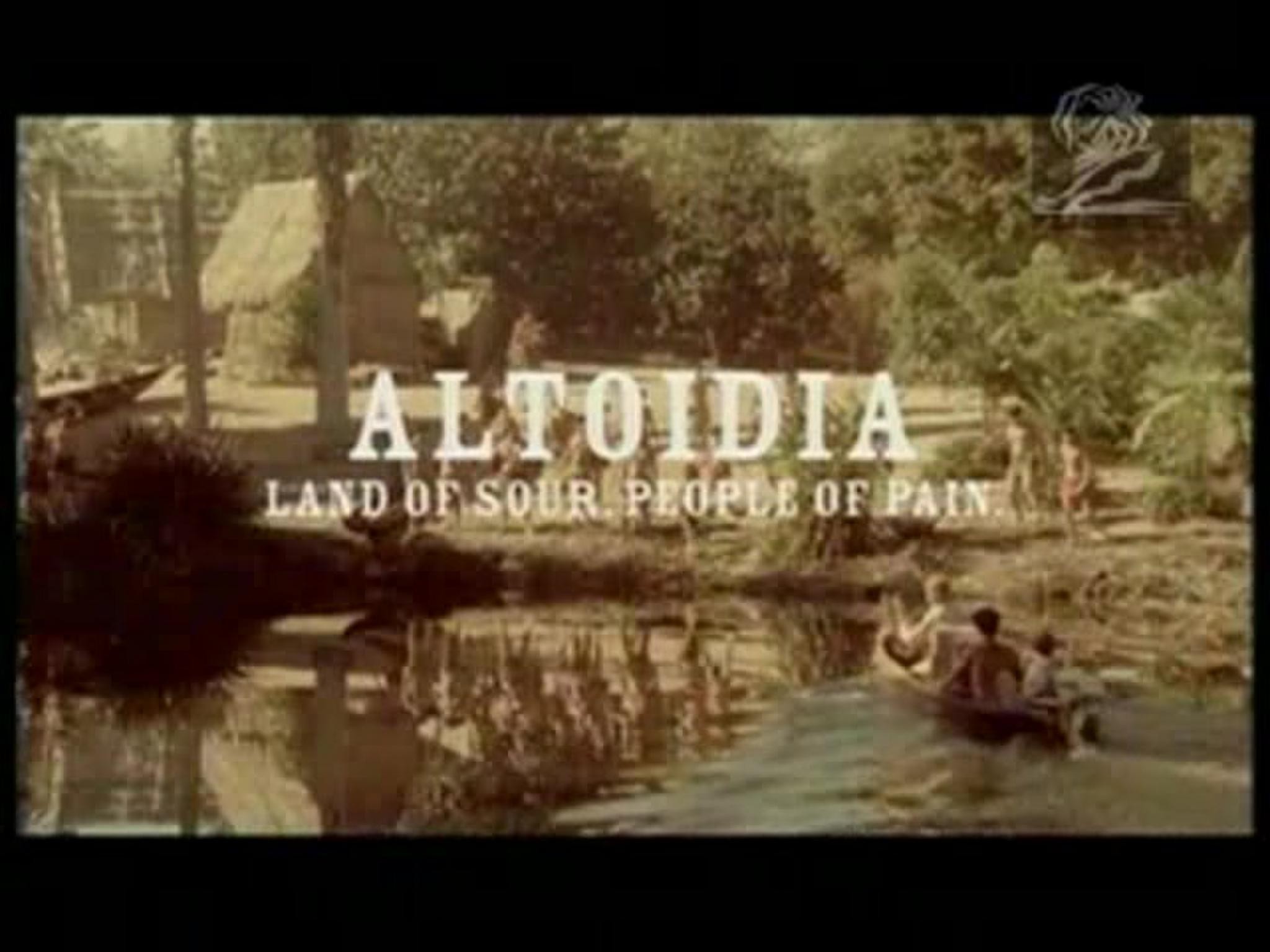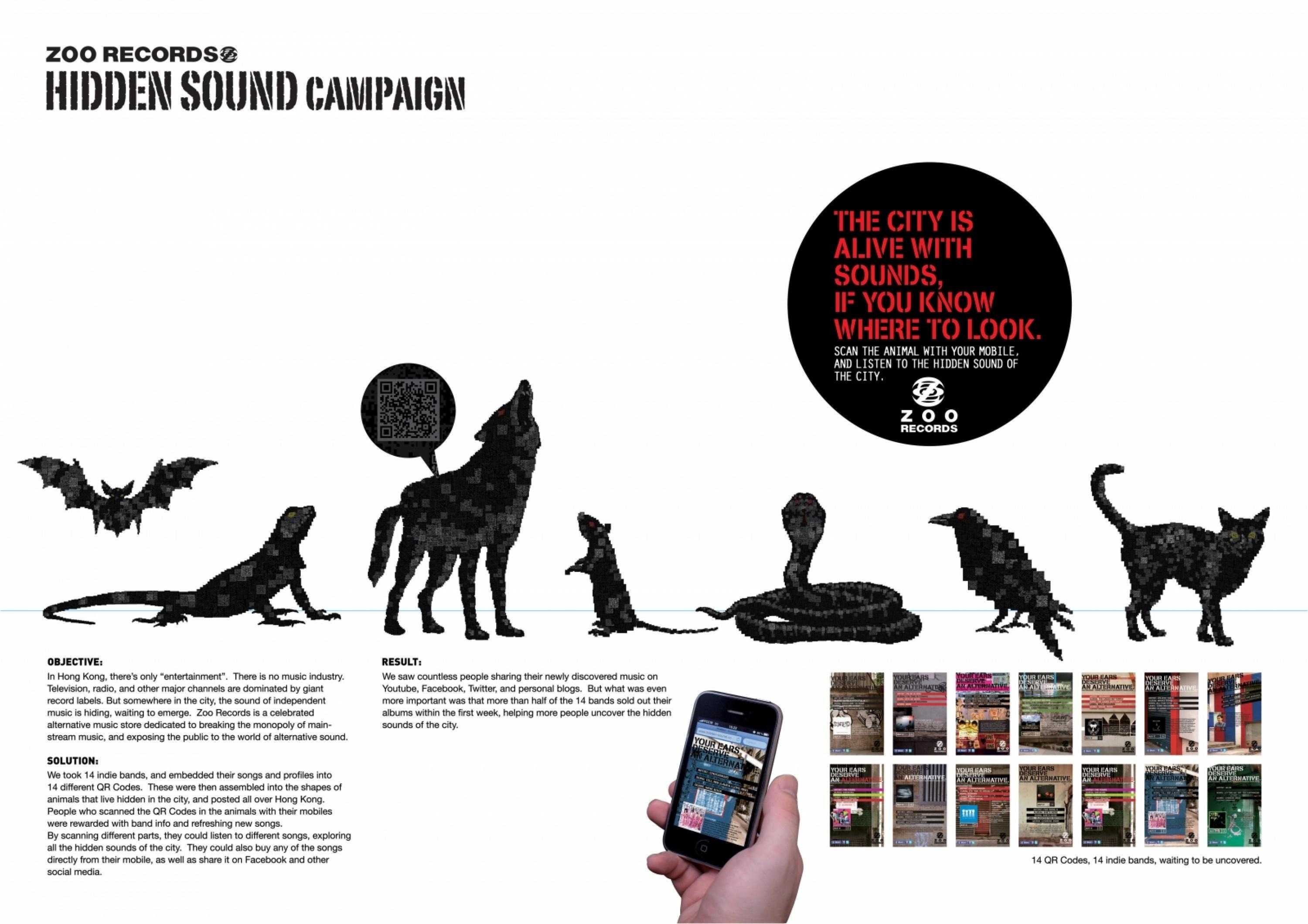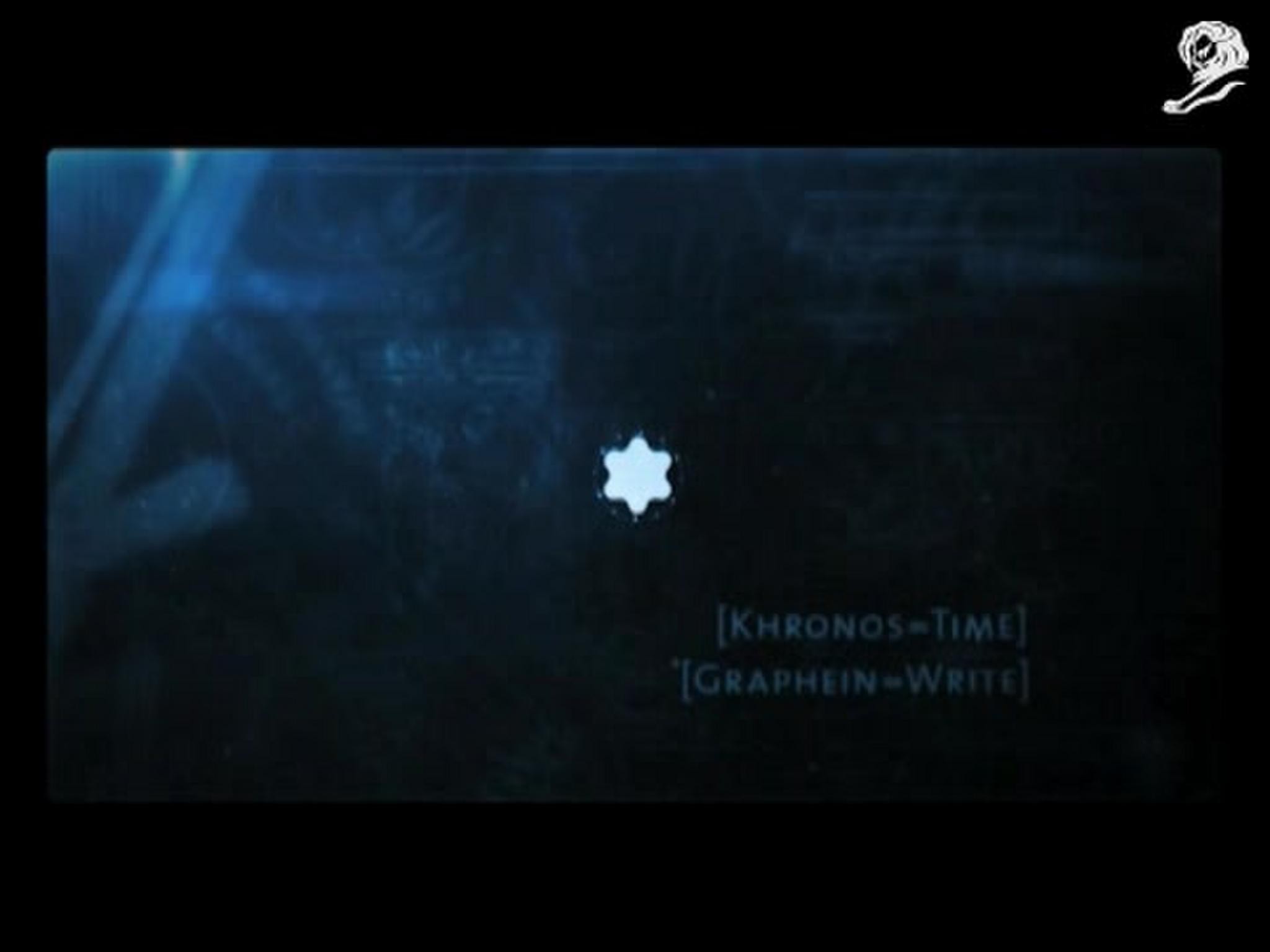Creative Data > Creative Data
CLIMATE REALISM
LEO BURNETT, Frankfurt / WWF GERMANY / 2023
Awards:


Overview
Credits
Overview
Why is this work relevant for Creative Data?
The problem of climate research is not a lack of data – it’s a lack of conveying them in an emotional and accessible manner. That’s where creativity comes into play: The WWF Climate Realism Exhibition used databases from the IPCC as well as from the Climate Impact Lab (by Berkely University) in combination with knowledge from WWF climate experts to gather as much information as possible on what different climate scenarios mean to places where famous landscape paintings have been painted – using art as a vehicle to bring the implications of those scenarios across unseen and touching.
Background
Climate scenarios describe how the further effects of climate change will develop until 2100. The so-called RCP climate scenarios of the Intergovernmental Panel on Climate Change are based on more than 34,000 scientific publications and provide detailed and regionally definable information on which impacts will be felt at which locations if emissions are not reduced at all, are reduced only slightly or reduced significantly. The problem with this data is that it remains abstract, unemotional and difficult to access. The differences in possible developments and thus also the possibilities for our influence today are presented as graphs and tables - hidden in a 3949 pages report and complex databases. It is already difficult to understand the impact of climate change today, so how can we convey what different climate futures look like? What is needed is a new way of visualizing climate scenarios – in an informational and emotional manner.
Please provide any cultural context that would help the jury understand any cultural, national or regional nuances applicable to this work e.g. local legislation, cultural norms, a national holiday or religious festival that may have a particular meaning.
The work was going live directly after the publishing of the 6th climate report by the IPCC. The fact that the report itself was very abstract and hard to understand in detail even for decisionmakers and politicians was discussed widely ¬– so the project did hit a nerve here. Furthermore, there had been multiple attempts of damaging/smearing famous landscape paintings (e.g. with tomato soup or mashed potatoes) in several german museums by climate activists shortly before – with lots of negative reactions. The Climate Realism Exhibition was widely considered as the first visible attempt to bring art and the challenges of the climate crisis together in a constructive and productive narrative.
Describe the Creative idea / data solution
Climate Scenario Data shows very detailed how local ecosystems will be affected by further impacts of climate change depending on a given scenario of emission control. This data shows possible developments of average increase of days with extreme heat, air temperature, reduction of frost days, sea level raise and many more parameters. For the WWF Climate Realism Exhibition, the most crucial local factors have been extracted from the databases, contextualized and used in custom-built AI-Pipelines to generate future versions of the local scenarios.
Describe the data driven strategy
The generation process as well as the additional information within the web experience used only data, which is and was public available from online databases as well as from the IPCC reports. This underlines the fact that a lack of interest in climate scenarios is not due to a lack of available data but to a lack of emotional and tangible ways of summing it up.
Describe the creative use of data, or how the data enhanced the creative output
From the beginning of the process, a group of WWF climate experts as well as a team of AI R&D experts was in steady exchange to ensure, that the relevant factors for the local surrounding have been considered for the generation of the imagery. To avoid misinterpretation, the Input-Imagery has been contextualized with detailed descriptions. To ensure an output that looked as much as possible like the original painting style, the AI Pipelines (customized Stable Diffusion Models) have been trained with the complete available oeuvre of the specific painters, that was available on public domain.
List the data driven results
The AI-generated imagery was presented in three different ways: As a web experience, as physical video installations and as digital assets. Within the first week, a media value of around 50 million Euro was achieved and the web experience caught the users attention in a way that was unprecedented for WWF experiences – compared with classic informational approaches on the topic: On the web experience alone, the paintings achieved 32k organic views in the first week alone – with 80% of the users engaging with 6,3 out of 8 paintings on average.
More Entries from Data Visualisation in Creative Data
24 items
More Entries from LEO BURNETT
24 items









